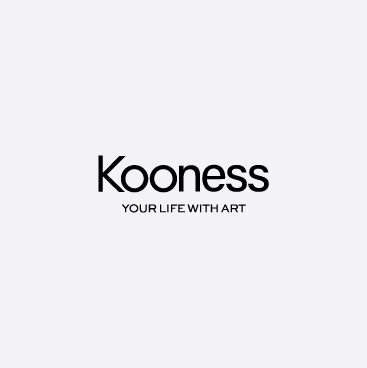Erich Heckel
Döbeln, Germany
1 Works exhibited on Kooness
Represented by
Categories
Don't have the time to browse through this artist's catalogue? Fill in this form to receive a curated selection of their works tailor-made to your needs.
Works by Erich Heckel
Erich Heckel is German painter, printmaker, and sculptor who was one of the founding members of “The Bridge”, an influential group of German expressionist artists. He is best known for his paintings and bold woodcuts of nudes and landscapes.
In 1904 Heckel began to study architecture in Dresden, Germany, where Die Brücke was formed the following year. The strong outlines and bright colours in Heckel’s early works as a member of that group reveal his admiration for Post-Impressionist painters Vincent van Gogh and Paul Gauguin; he had the ability to use colour and distorted space to achieve a highly emotive effect. After moving to Berlin in 1911 with the rest of Die Brücke, Heckel became increasingly interested in formal pictorial composition. The mood of his works became more melancholy, and he subdued his previously bright colours.
Heckel served as a medical corpsman in World War I. Most of his prewar works were lost, and after 1920 his painting became less intense, with a palette that shifted to more pastel colours. Nevertheless, in 1937 the Nazis denounced his work, labeling it “degenerate”. After World War II Heckel taught at the Academy of Art (1949–56) in Karlsruhe, West Germany, until his retirement. In 1963 a retrospective exhibit of his work was held in the German cities of Munich, Berlin, and Stuttgart.
Dube, Annemarie, and Wolf-Dieter Dube. Erich Heckel: Das graphische Werk. 3 vols. New York: E. Rathenau, 1964–74.
Moeller, Magdalena M., ed. Erich Heckel: Aquarelle, Zeichnungen, Druckgraphik aus dem Brücke-Museum Berlin. Exh. cat. Berlin: Brücke-Museum, 1991.
Moeller, Magdalena M., and Meike Hoffmann, eds. Erich Heckel: Meisterwerke des Expressionismus: Aquarelle und Zeichnungen aus der Sammlung des Brücke-Museums Berlin. Exh. cat. Berlin: Brücke-Museum, 1999.

